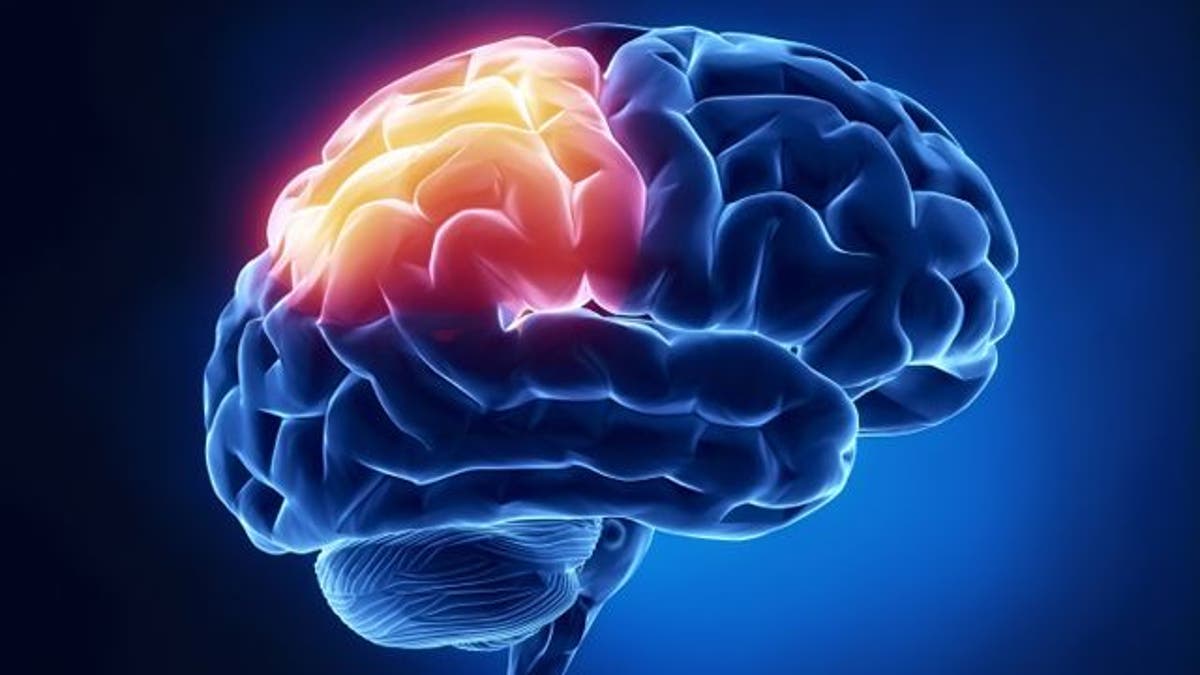
Researchers have identified a new molecular mechanism that alters the brain’s reward circuits after an individual has consumed cocaine.
Detailed in the journal Proceedings of the National Academy of Science, the discovery could provide a potential drug target for anti-addiction medications.
When administering chronic cocaine to lab mice, the research team from Icahn School of Medicine at Mount Sinai saw increased levels of an enzyme called PARP-1, which led to an increase in its RAR marks at genes in the nucleus accumbens. These epigenetic changes altered the activity of the nucleus accumbens, ultimately contributing to long-term addiction to cocaine.
According to Kimberly Scobie, lead investigator and postdoctoral fellow, inhibiting PARP-1 could help to mediate the brain’s reward center.
"It is striking that changing the level of PARP-1 alone is sufficient to influence the rewarding effects of cocaine," Scobie said.
The researchers also found that the epigenetic changes induced by PARP-1 changed the expression of sidekick-1, a cell adhesion molecule found on the brain’s synapses. Overexpression of sidekick-1 both increased the rewarding effects of cocaine and caused changes in synaptic connections of neurons in the brain reward region.
